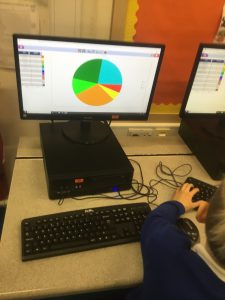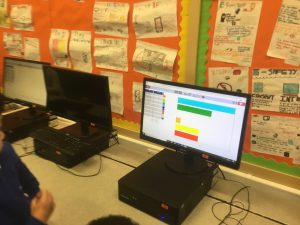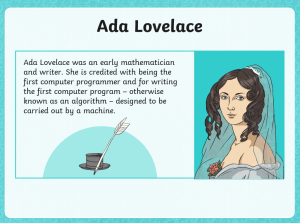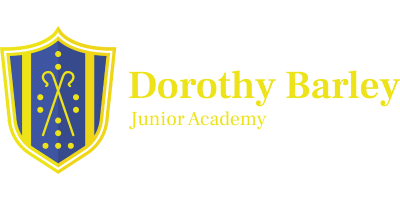Computing
Intent
“Computers themselves, and software yet to be developed, will revolutionize the way we learn.” – Steve Jobs – Co-founder of Apple
At Dorothy Barley Junior Academy, the computing curriculum prepares pupils for the challenges and opportunities offered by a world where work and leisure activities are rapidly being transformed by technological change. Through computer science, pupils will become skilled in using computational thinking to comprehend and change the world. They will understand the ideas and principles that underpin how digital systems work such as abstraction, logic, algorithms and data representation. Through varied and repeated opportunities to apply this knowledge, they will become highly skilled in analysing problems in computational terms and writing computer programmes in order to solve them. Information technology will give pupils opportunities to develop knowledge, skills and understanding in the application of computer systems. They will be able to use it to to analytically solve real-world problems, find things out, create, exchange and share information and evaluate and modify work. Pupils will become digitally literate, able to use technology creatively, safely, respectfully and responsibly; they will be prepared to competently take part in the digital world of the present and the future.
Vocabulary development is at the heart of our Computing curriculum and a sharp focus on subject specific vocabulary ensures that our children develop a rich vocabulary linked to terminology from real world Computing .
The implementation of the computing curriculum ensures a balanced coverage of computer science, information technology and digital literacy, which includes e-safety. Children will experience all three strands in each year group and each strand comes with a list of key vocabulary linked to the technical knowledge and skills being taught.
Vocabulary development is at the heart of our history curriculum and a sharp focus on subject specific vocabulary ensures that our children develop a rich vocabulary linked to terms used in the Information Technology industry and the wider world.
Computing knowledge and skills are carefully mapped out and sequenced so that they are built on year by year to enable learning to become more specific, complex and in-depth. For example, children in KS1 will have learnt what algorithms are, which leads them to the design stage of programming in KS2. In KS2, they use their prior knowledge to go on to design, create and debug programmes and logically explain their thinking behind their algorithms.
Computing is taught either through stand-alone lessons or, where possible, it is richly linked to engaging contexts in other subjects or topics so that pupils can apply their computing knowledge and skills.
Children are given opportunities to work with a range of hardware devices and software resources and programs, for a variety of purposes, across the curriculum as well as in discrete computing lessons.
At Dorothy Barley Junior School, we are committed to developing digital wisdom in our pupils in order to prepare them for life in an increasingly digital world. Therefore, a strong focus is placed on how to use technology safely and responsibly through the teaching of digital skills, of how technology is used and of how pupils can apply the use of technology in contexts that they can relate to.
Our Computing curriculum is planned so that pupils have a good understanding of the computing concepts, knowledge, skills and vocabulary that run through the three strands: computer science, information technology and digital literacy. This ensures they achieve age related attainment at the end of Key Stage 2.
Upon completion of each project, teachers will assess children against the progression of computing concepts, knowledge and skills document.
Termly assessment will take place to track children’s progress against age related expectations for Computing.
Census Week 2021
During Census week, children explored how we can use computer software to create graphs and charts based on data gathered in the classroom:


Ada Lovelace Day
On July 16th 2021, we marked Ada Lovelace Day with class assemblies to celebrate her contribution to the development of what we now know as computer programming. Children viewed a PowerPoint as part of the assembly.

Computing and E-Safety Overviews and Vocabulary example
Year 3 Computing vocabulary mat Autumn 2 – Stop-frame Animation
Useful websites
https://www.saferinternet.org.uk/advice-centre/young-people/resources-3-11s
https://projects.raspberrypi.org/en/codeclub
